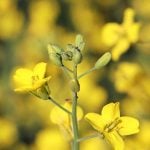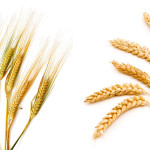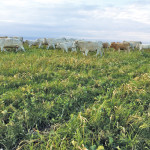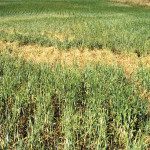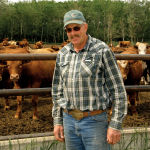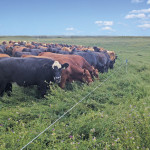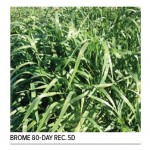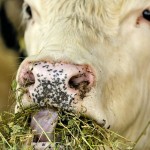The Canadian Forage and Grassland Association drew the year to a close on a high note coming out of its annual conference at Saskatoon in November. As the theme, “Capturing the Intensity” suggests, the event offered a lineup of insightful presenters on an array of topics from intensive forage management systems and soil health to […] Read more


